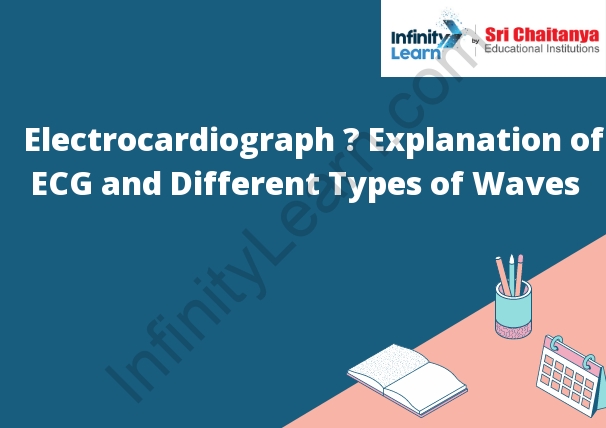Table of Contents
ECG; ECG Graph
An electrocardiogram (ECG) is a graphical recording of the electrical activity of the heart. The electrical activity of the heart is recorded as a sequence of small waves on a strip of paper.
The ECG graph is made up of a series of small waves that represent the electrical activity of the heart. The waves are numbered and each wave corresponds to a specific part of the heart cycle. The waves are numbered from 1 to 12.

Explanation of ECG Different Waves
The ECG is a graphical representation of the electrical activity of the heart. It consists of a series of waves that represent the electrical impulses that travel through the heart.
The first wave is the P wave. This represents the electrical impulse that travels through the atria and causes them to contract.
The next wave is the QRS complex. This represents the electrical impulse that travels through the ventricles and causes them to contract.
The final wave is the T wave. This represents the electrical impulse that travels through the ventricles and causes them to relax.
Different Types of Waves Produced by Electrocardiogram
There are three main types of waves that are produced by an electrocardiogram: the P wave, the QRS complex, and the T wave.
The P wave is the first wave that is produced and it is caused by the depolarization of the atria. The QRS complex is caused by the depolarization of the ventricles and it is the largest wave on the electrocardiogram. The T wave is caused by the repolarization of the ventricles.
Electrocardiograph Machine Includes
An electrocardiograph machine is a device used to measure the electrical activity of the heart. It includes a monitor that displays the electrical activity of the heart in the form of waves called ECG waves. The machine also includes electrodes that are placed on the skin of the chest to measure the electrical activity of the heart.
Why is an ECG Done?
An ECG is a test that is used to measure the electrical activity of the heart. This test can be used to help diagnose heart problems, to see how well the heart is working, and to see if there is any damage to the heart.
Medical Use of ECG
The electrocardiogram (ECG) is a diagnostic tool that measures the electrical activity of the heart. The ECG can detect abnormalities in the heart’s rhythm and structure. The ECG is also used to monitor the progress of a heart attack and the effectiveness of treatment.
MCQ Questions on ECG
1. The ECG is a graphical representation of the electrical activity of the heart.
2. The ECG is used to diagnose heart conditions.
3. The ECG measures the electrical activity of the heart at 12 different points.
4. The ECG measures the heart rate, the rhythm of the heart, and the size of the heart.
5. The ECG can also be used to diagnose heart attacks and other heart conditions.
What is Electrocardiogram?
An electrocardiogram (ECG) is a test that records the electrical activity of your heart. It is also called an EKG or ECG. The test is used to help diagnose heart problems.
Medical Uses Related to Heart Cardiograph
A heart monitor, or ECG, is a machine used to measure the electrical activity of the heart. It can be used to diagnose heart conditions, such as heart attacks, and to monitor the progress of treatments.









